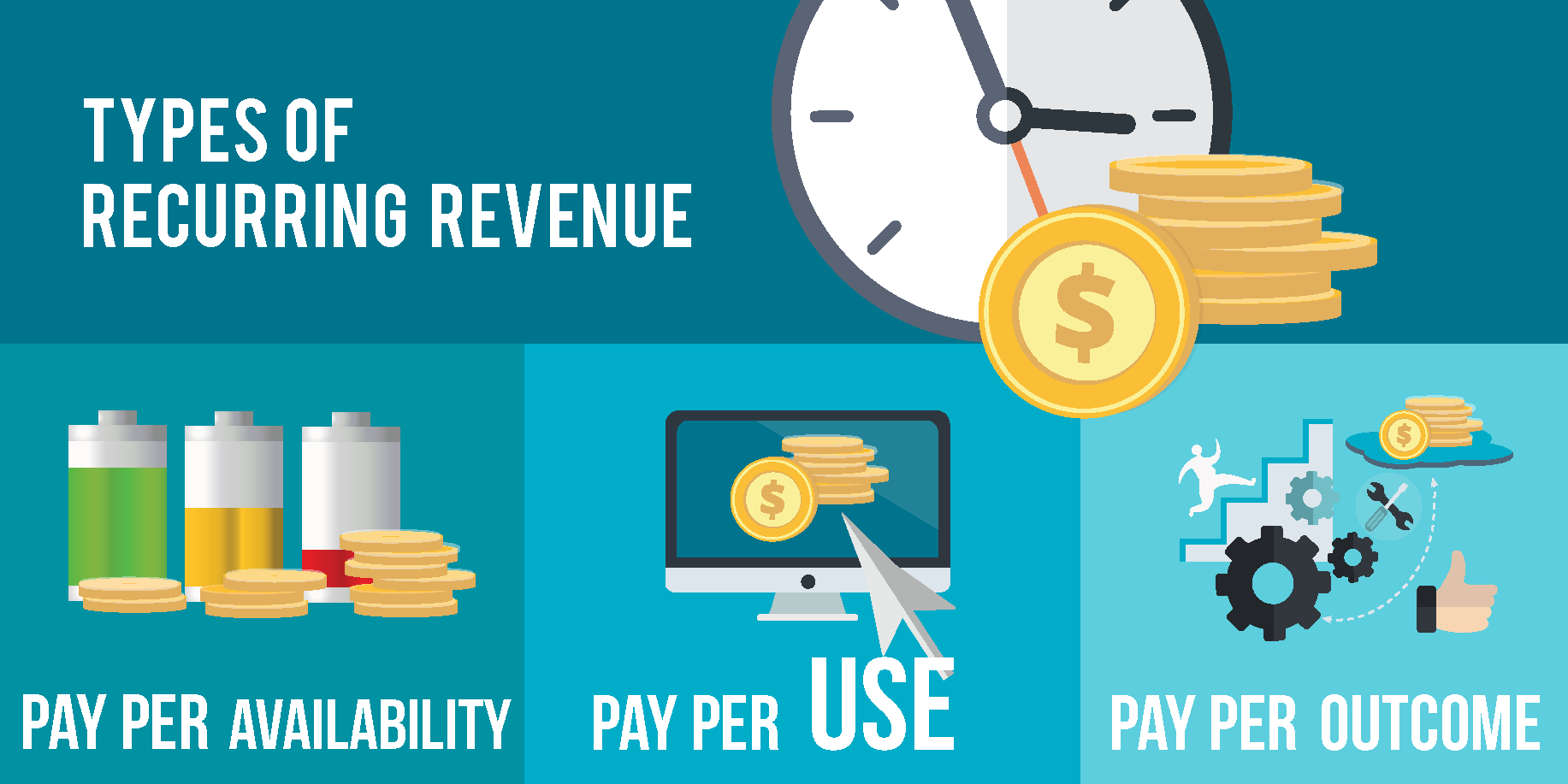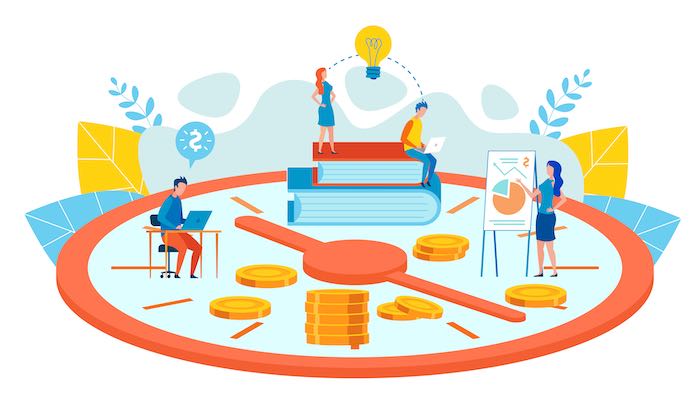Recurring Revenue – Easy or Difficult?
From Products to Smooth Services The World Economic Forum has anticipated that all products will have become services by the year 2030. This is...
3 min read
 Mervi Vikki-Aaltonen
:
Jul 6, 2015 7:49:00 AM
Mervi Vikki-Aaltonen
:
Jul 6, 2015 7:49:00 AM


Would you like to improve organizational efficiency, lean processes or develop new services or business models, but feel trapped in data, tools and process silos? Does the way out seem far too time consuming, complex and costly?
At the same time, are you a witness to the new era of digitalization being created day by day? Do you see the promise of the integration of digital technologies into everyday life through the digitalization of everything - that can actually be digitalized?
Maybe this is actually the solution for you! Digitalization is about a lot of technology and, at the same time, it is also about a new way of seeing what you have and how to make business of it. Just open your eyes to see the potential.
When we simplify digitalization there are three different ways you can utilize it:
Facelift
Transforming existing data or procedure transparent by digitalizing existing manual or hidden information.
Should improve efficiency and user satisfaction although does not necessarily make a big change or improve things on a completely new level.
For example, start using common store and collaboration tools instead of a desktop drive and emails.
Automation
Automation of existing manual routines
Facilitation of existing data and processes over a decentralized tool environment
Improves process flow, organizational efficiency and end-to-end lead time
For example,
automated provisioning of service access or capacity changes, or
alerting a maintenance team when the temperature is too high, or
automated creation of a new billing object when agreed monthly package level is exceeded.
New business
Create new business by inventing services based on ecosystem and/or new business models
This is actually the ideal target for what digitalization has to offer
For example, create new business by inventing services based on an ecosystem
without owning material assets (Airbnb), or
without owning immaterial assets (Facebook), or
by moving your business from asset sales to service sales (IT).
What digitalization technology is all about:
Sensors
All those smart things that can measure and send information from their environment.
Clouds
Databases that can receive and store huge volumes of data.
Analytics platforms
With these tools you can transfer your data to information to knowledge.
Find answers from the information flow and invent new business models or operational actions.
Processing platforms
By implementing technology tools to run the information flow and find your answers, you can automate and monetize your business based on the data you receive and the way you want to utilize it.
What is the point? You feel trapped with incumbent data, tools and process silos, and here I am amplifying the hype you already hear everywhere!?
Just rethink your challenge and review it through what I wrote above. You need to monetize, automate or facilitate existing data or processes over a decentralized tool environment.
The solution is to implement a digitalization concept and technology to integrate your existing processes, tools and data:
Imagine that each tool is just a sensor of it's environment - function or process.
Collect as much data as needed into one dynamic database.
Define the answers you want to find and relate actions to them.
Implement an intelligent digital processing platform to do the work combining the flow of the tools and data.
Here are some real life examples:
You may want to automate manual routings, but the data and processes are in different tools:
As is: Functions have their own asset management tools and their own tools exist for both Incident/Request and Change management. Lots of manual effort is needed to manage additions, removals and other changes.
Potential: Processes through different tools and functions can be orchestrated by rule and work flow engines letting the processing platform monitor both end-to-end results and integration between different processes. Existing tools can stay in their roles to manage processes on a functional level. Until perhaps they are replaced later.
You may even have the challenge of different naming conventions in different tools for such key data like customers and products:
As is: Server and database functions use a slightly different naming convention of server id, just the prefixes need to be removed.
Potential: Smart mediation rules while reading data can remove the issues of data harmonization.
You may want to automate customer billing or enable more accurate internal cost allocations:
As is: Functions have their own asset databases or contract conditions, which vary substantially from customer to customer in relation to the same devices and services.
Potential: Data from different sources will be stored into one dynamic database and harmonized in input. A common platform is used to monetize services by setting up both standard and customer specific condition rules to define each contract and its billing - automated and digitalized.
The technology for Internet of Things and Industrial Internet is designed for huge volumes and is capable of mediation, analyses and interaction with other systems. Now we can make simple integrations to transfer "all data" and use these intelligent digitalization platform capabilities to map and analyze what is useful or needed and what to do with the data. Functions can continue to have their specific tools for their work and yet the business owners are free to develop improvements and new business models and implement them faster than by trying to do changes in all existing tools and data.
Do you feel trapped into process, tools and data silos? If so, now is the time to take action. Get more information about our solutions for service management and automation.

From Products to Smooth Services The World Economic Forum has anticipated that all products will have become services by the year 2030. This is...

1 min read
Tidal Wave of New Service Providers Netflix, Uber, PayPal, Kickstarter, Dropbox, Spotify, Pinterest, Facebook… What do they have in common? Each of...

Do you think it takes too long to launch new services? A manufacturing company was actively seeking growth through new digital services. Digital...